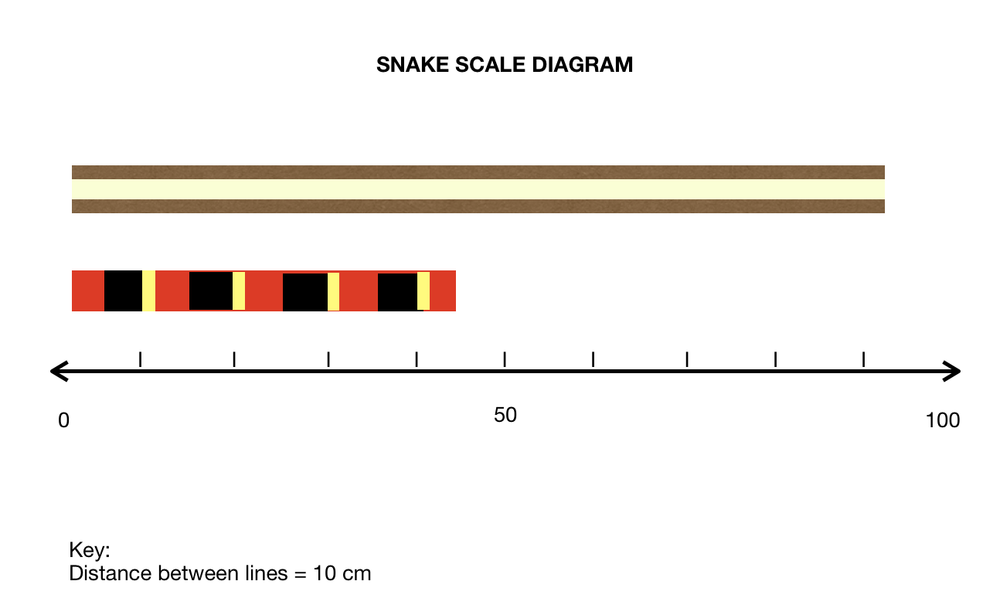
All Solutions
Page 817: Chapter 31 Assessment
1. Pelicans – These birds are usually found in aquatic habitats and they have four toes that are connected by a web. These toes are adapted in order for them to thrive in these kinds of environments. Examples: boobies, and cormorants
2. Birds of Prey or the *raptors* – These bird species are known to be fierce predators having hooked beaks to capture their prey. These species are all carnivorous. Examples: Eagles and hawks.
4. Cavity-nesting birds – These birds are multicolored and show the behavior of making tree holes to serve as their nests. Examples: Woodpeckers, and toucans.
6. Herons and their relatives – These birds, like the pelicans are also adapted to wading in various aquatic habitats, They have long legs, and long necks.
1. What is the structure of the bird’s bill?
(Short bills are usually insect-eating birds; thick bills are seed-eating birds; hooked bills are meat-eating birds; thin bills are used for feeding on flowers, or worms)
2. What is the size of the bird?
(Small birds lose body heat faster than larger ones; therefore, small birds eat more)
Due to these similarities and the discovery of the fossils of the Archaeopteryx, scientists have hypothesized that birds and reptiles share the same ancestor.
The sea birds in the brooding season are to be observed keenly. The parental seabirds forage and leave their younger ones in the nest. They return to the nests by making use of cues like landmarks and the magnetic field of Earth. The biological rhythm in the younger ones is set up in such a way that they register the time of their parent’s arrival. This can be made used to study their ecological behavior.
A specific set of birds in the family are to be observed. The chirps of the parental birds alone, the mixed chirps of all the birds in the colony, and that of other species in the colony are recorded individually. The next step is to observe the young ones reaction at the various types of chirps at the time of arrival of their parental ones. The response of the young ones is meticulously observed and recorded for analysis. This can give an idea of their ecological behavior.


